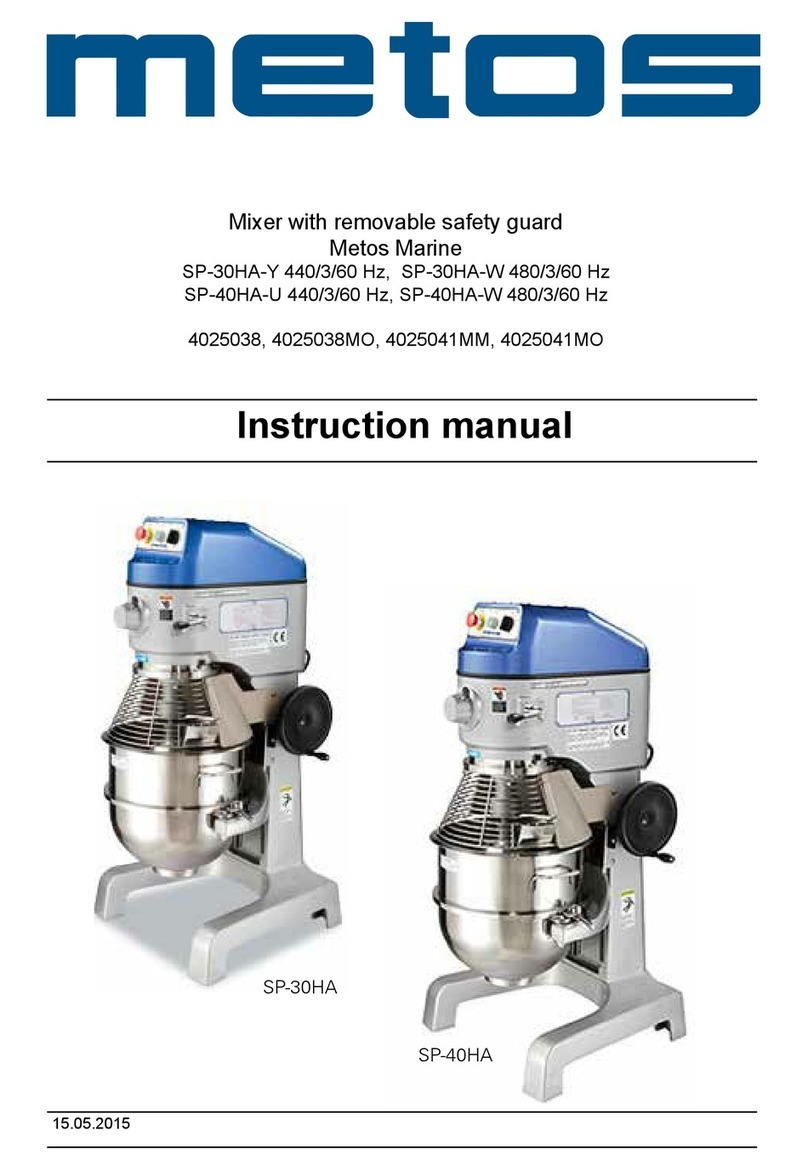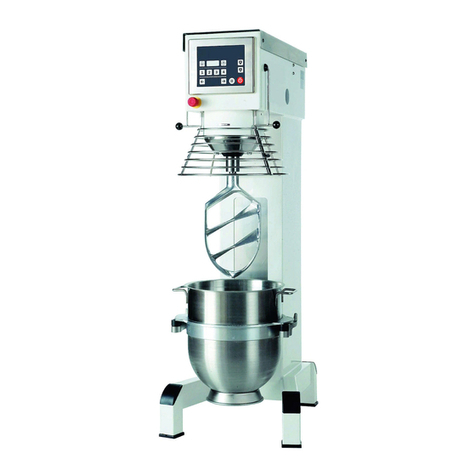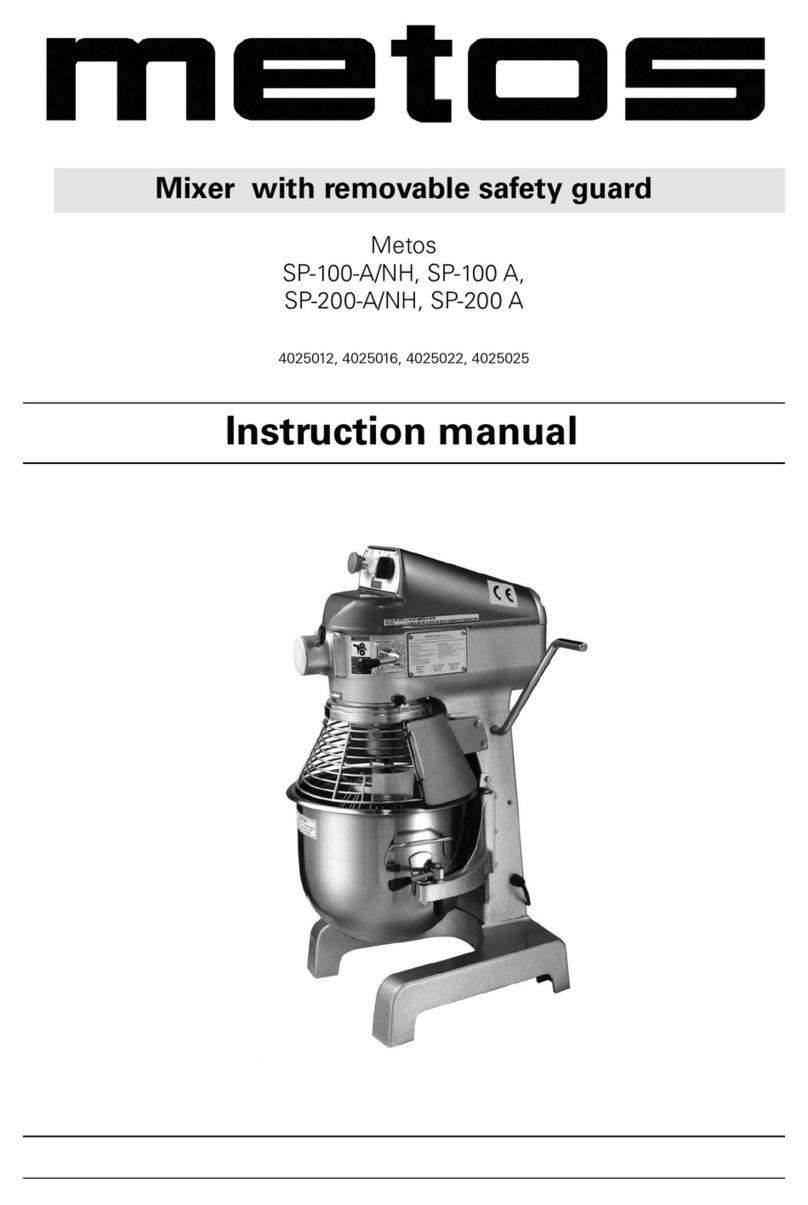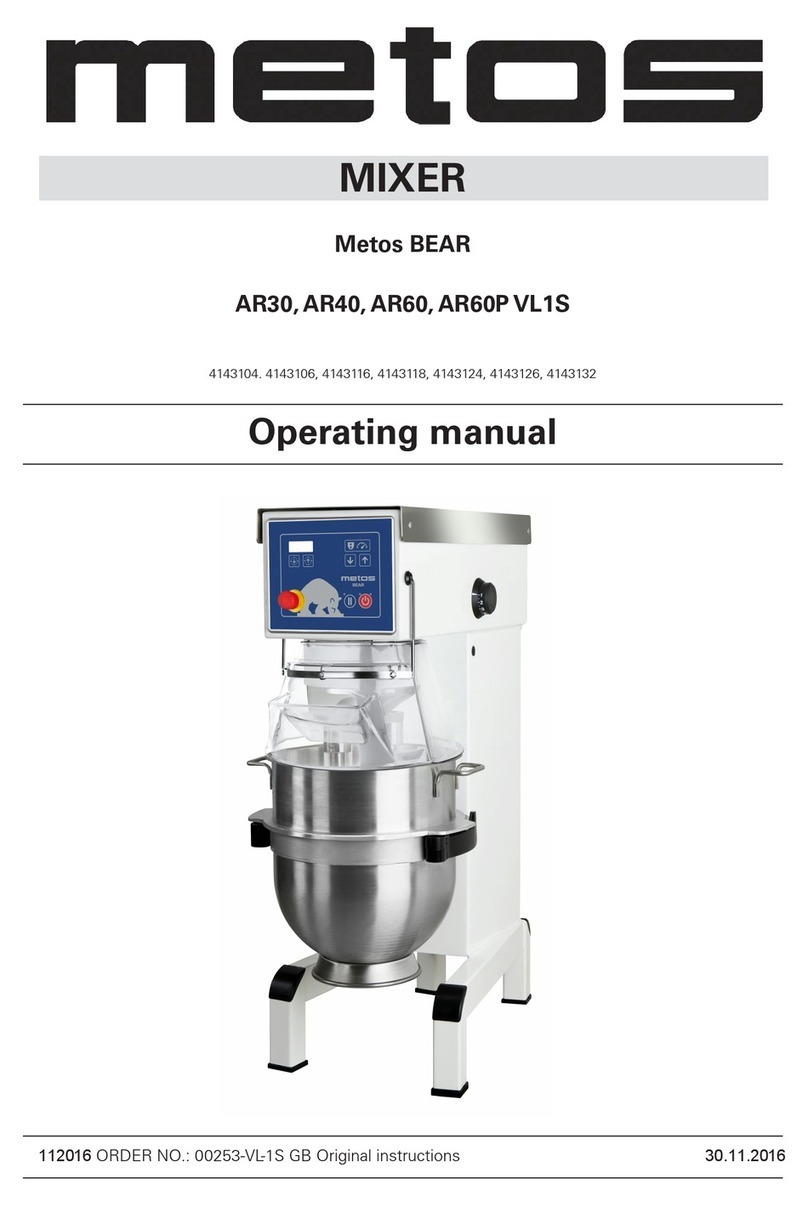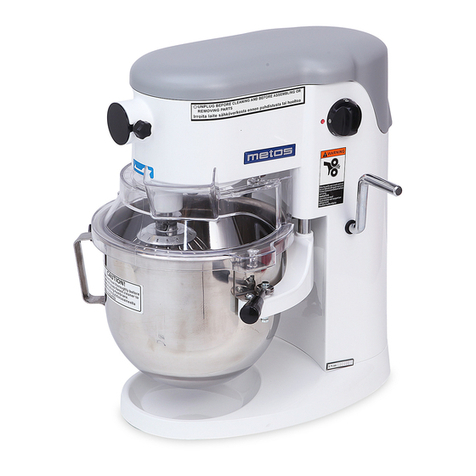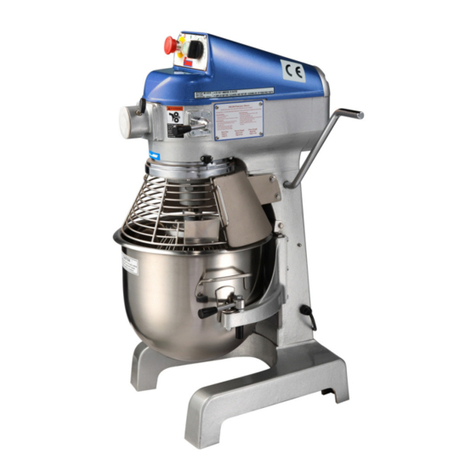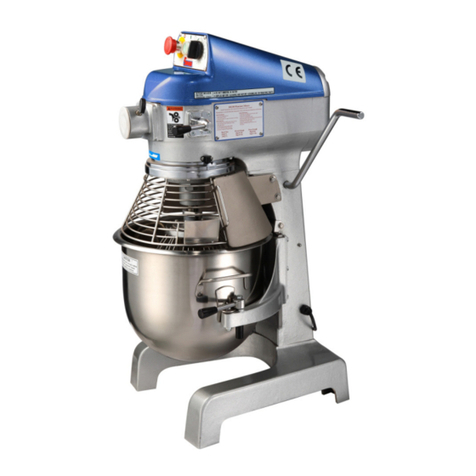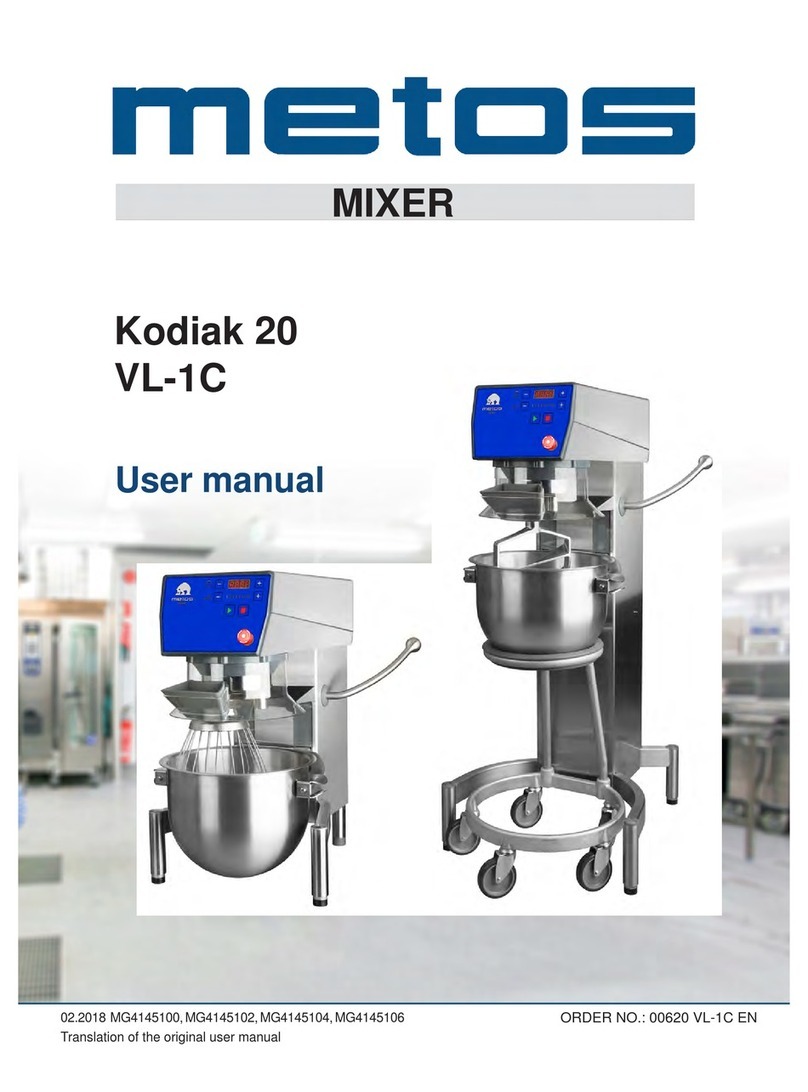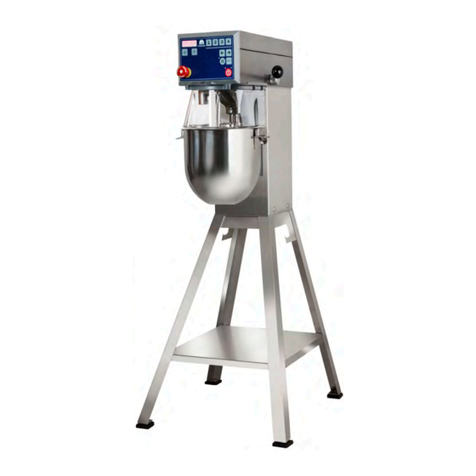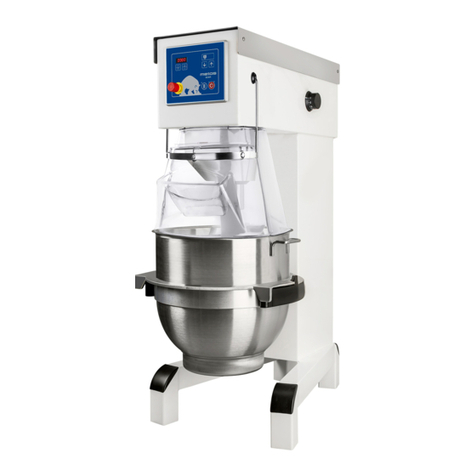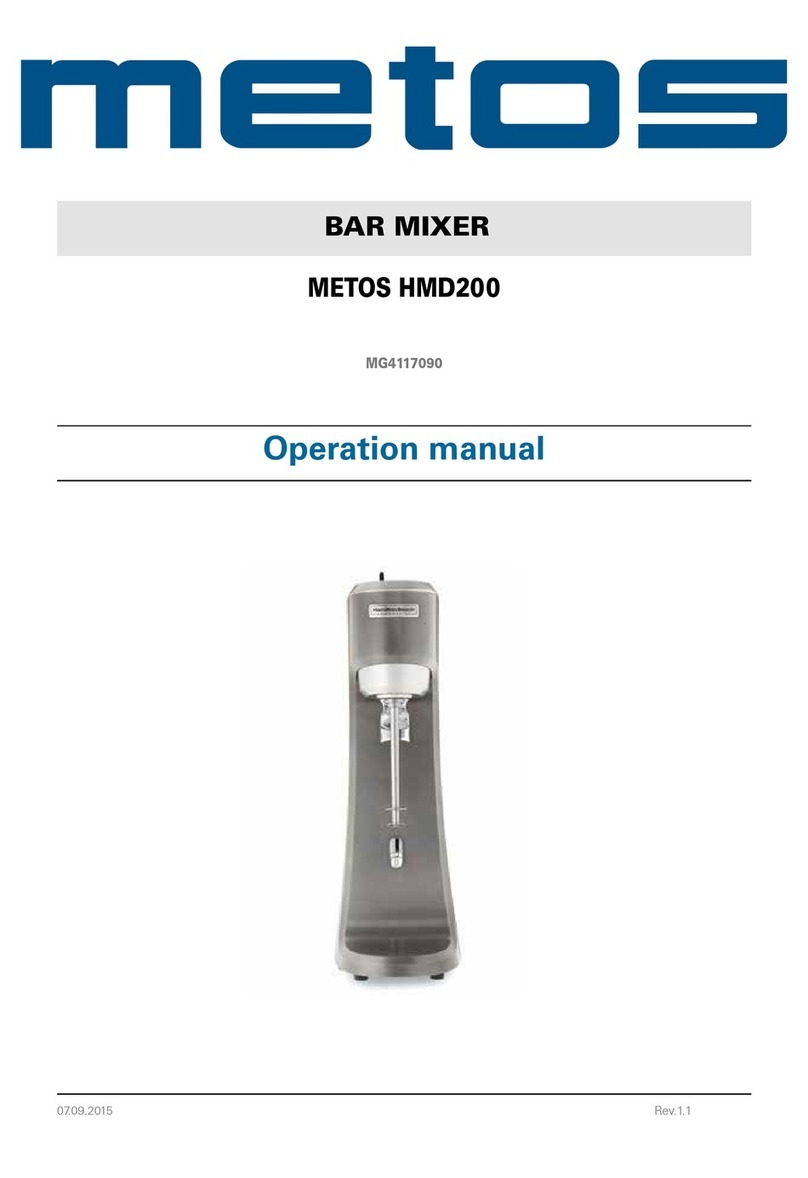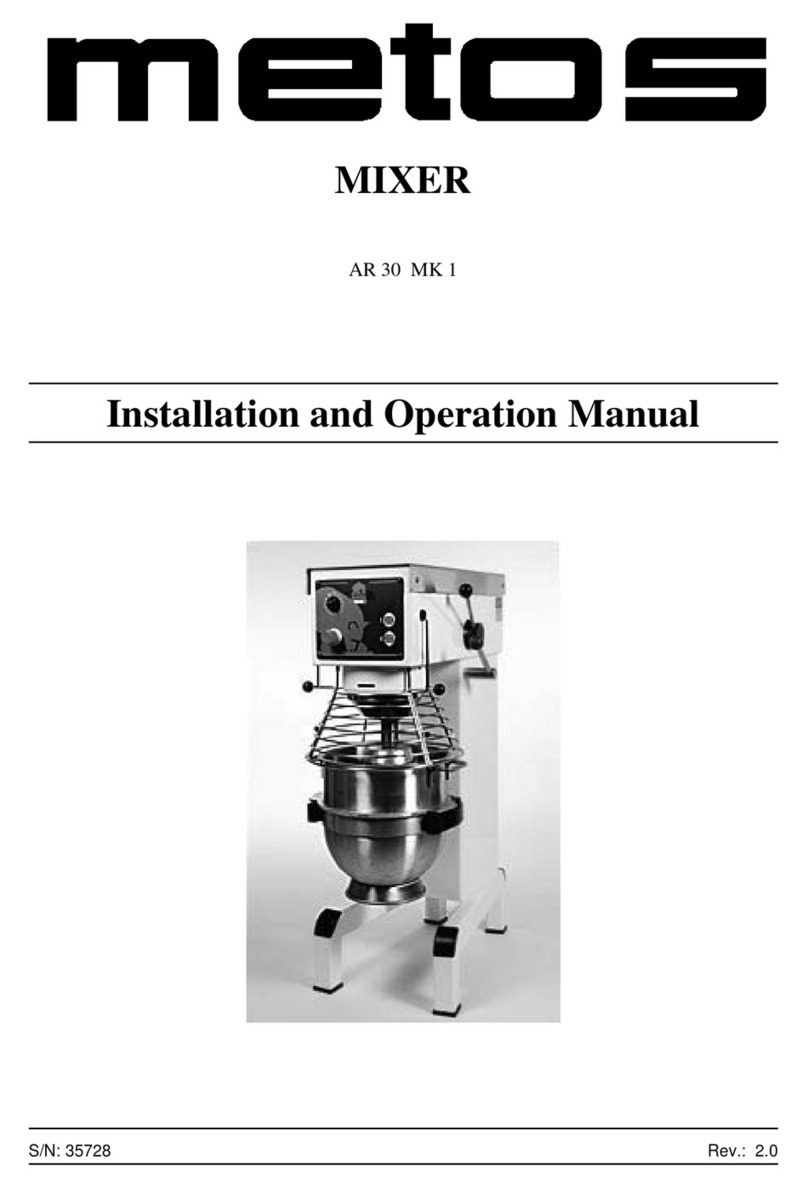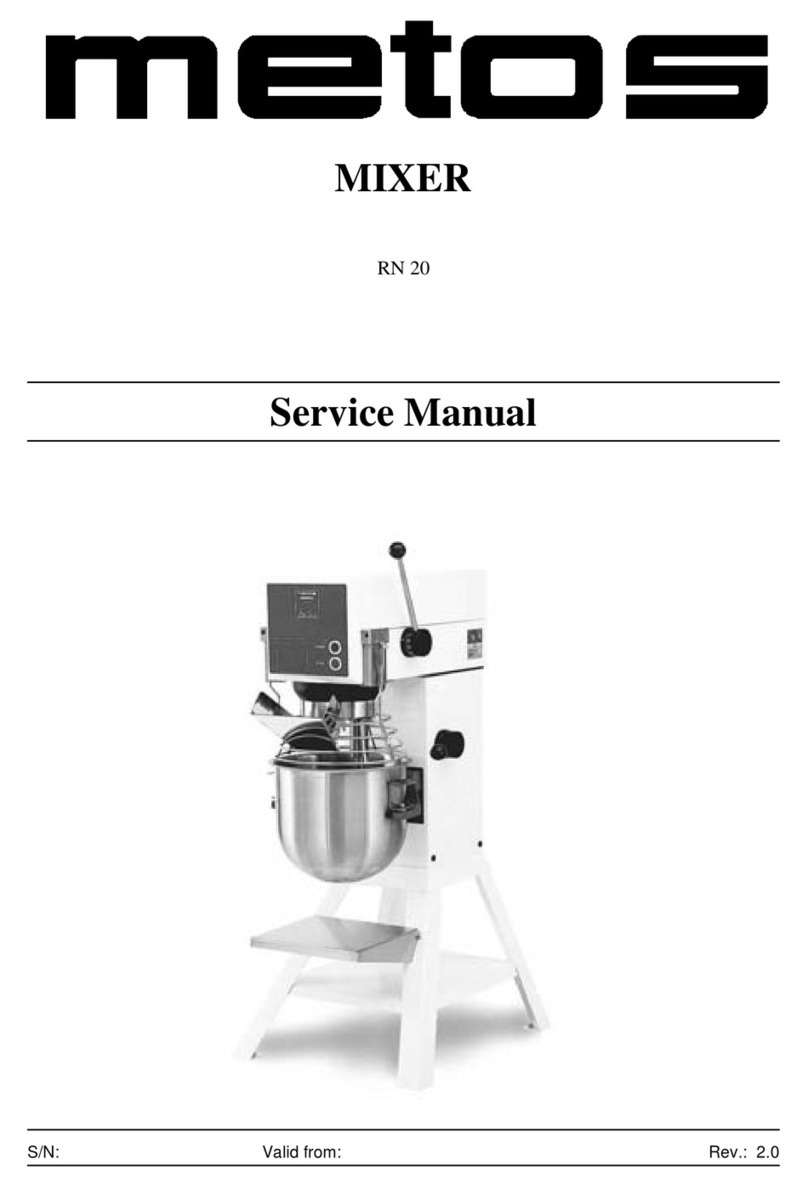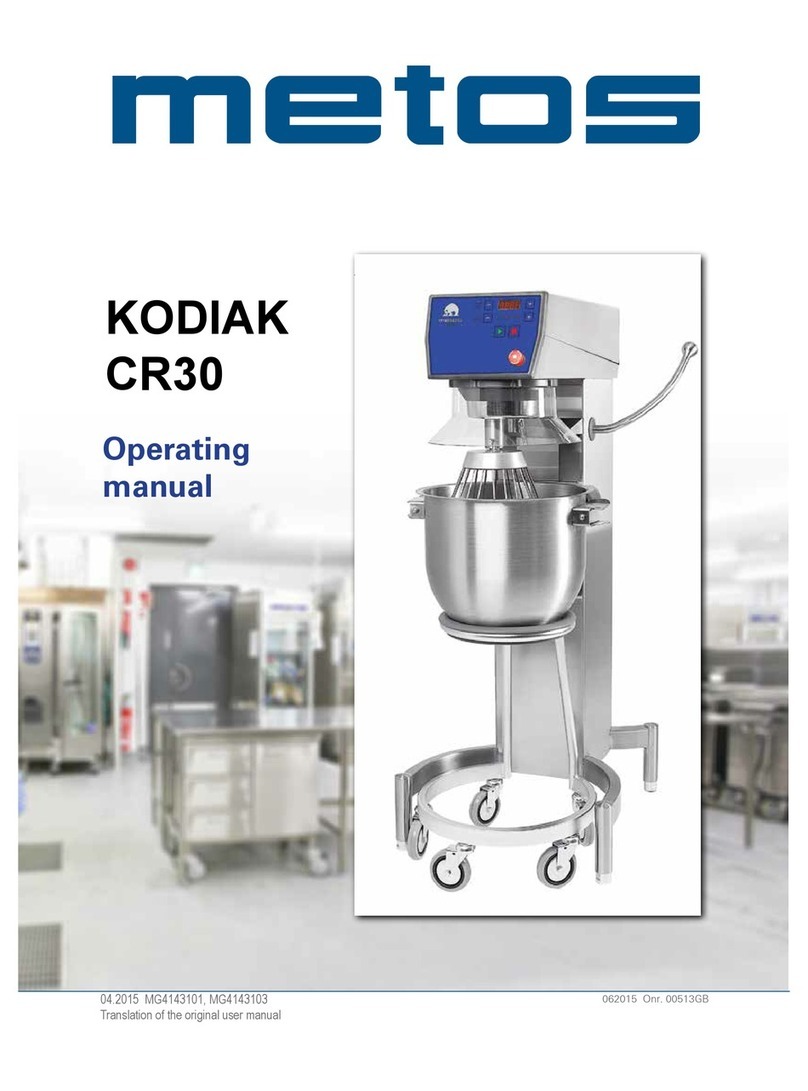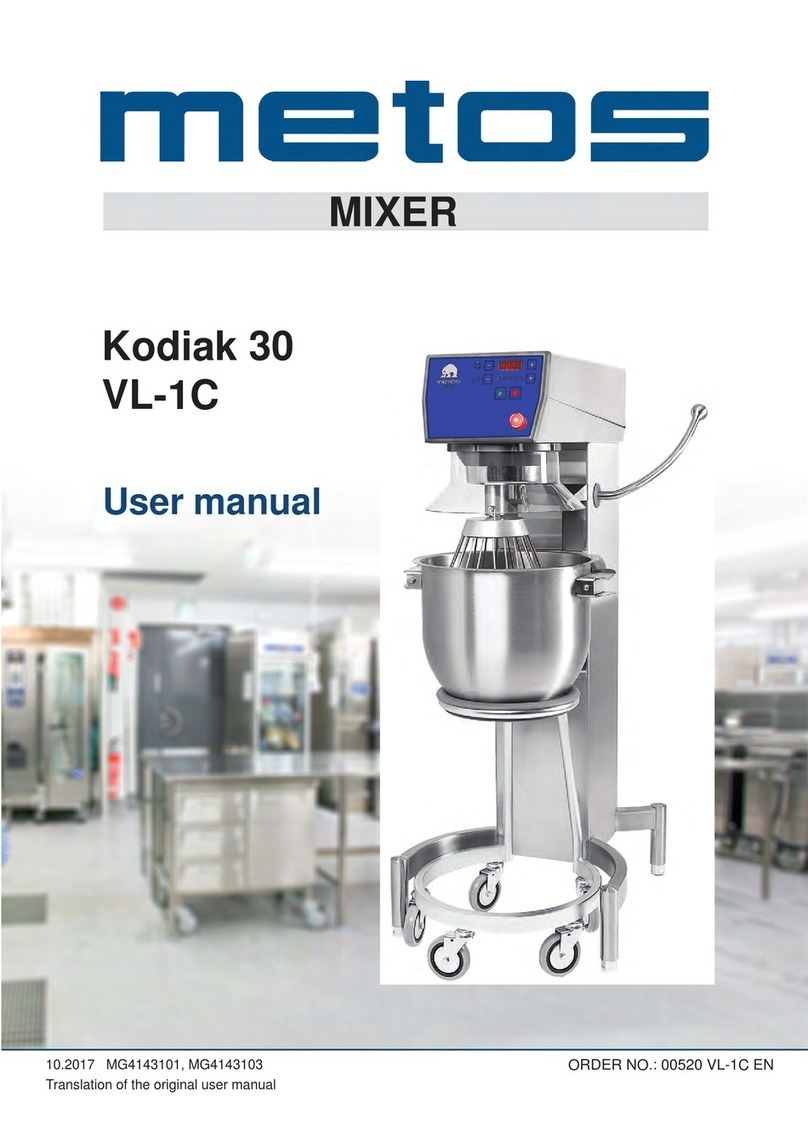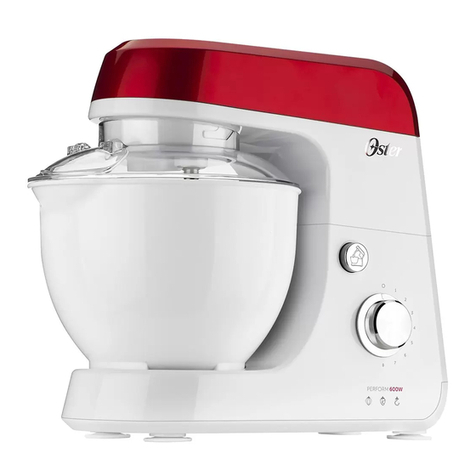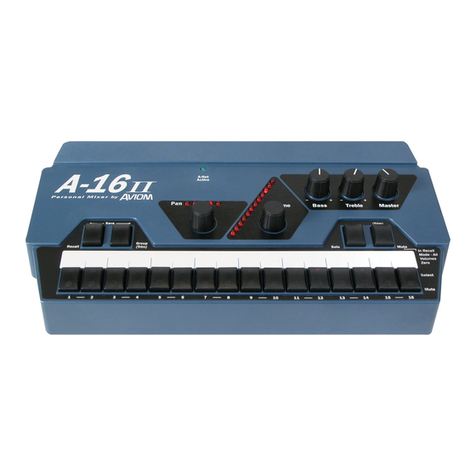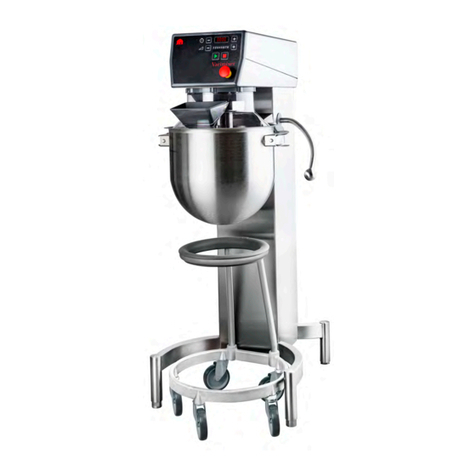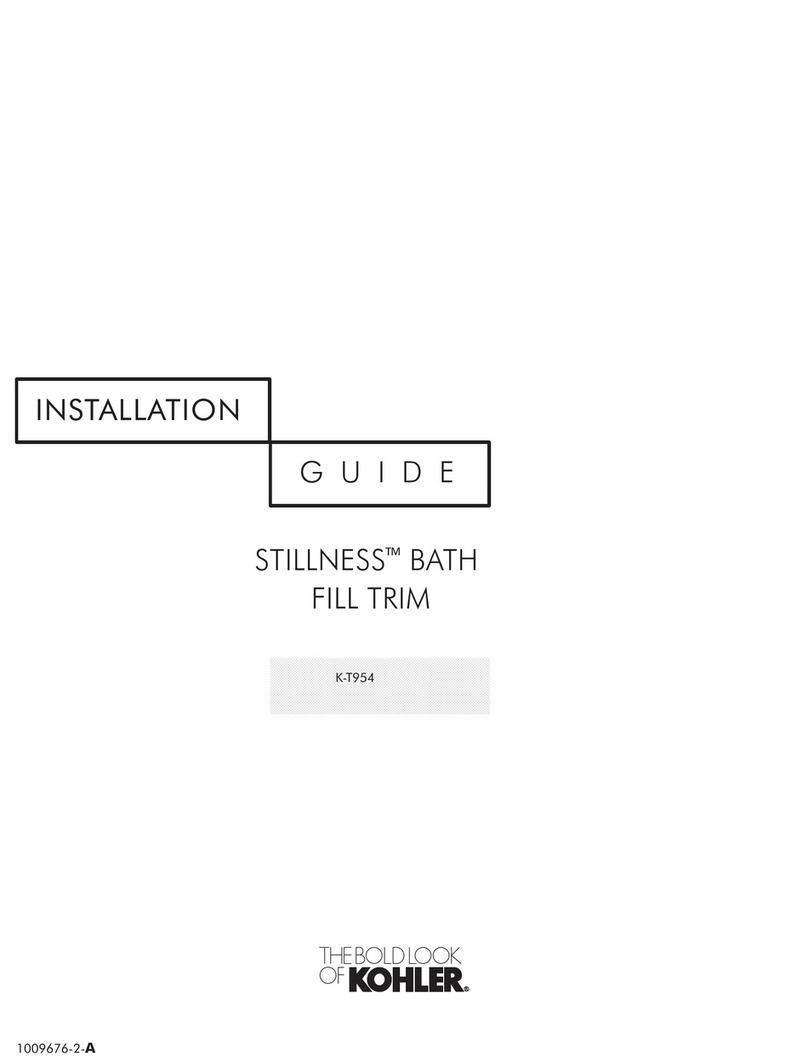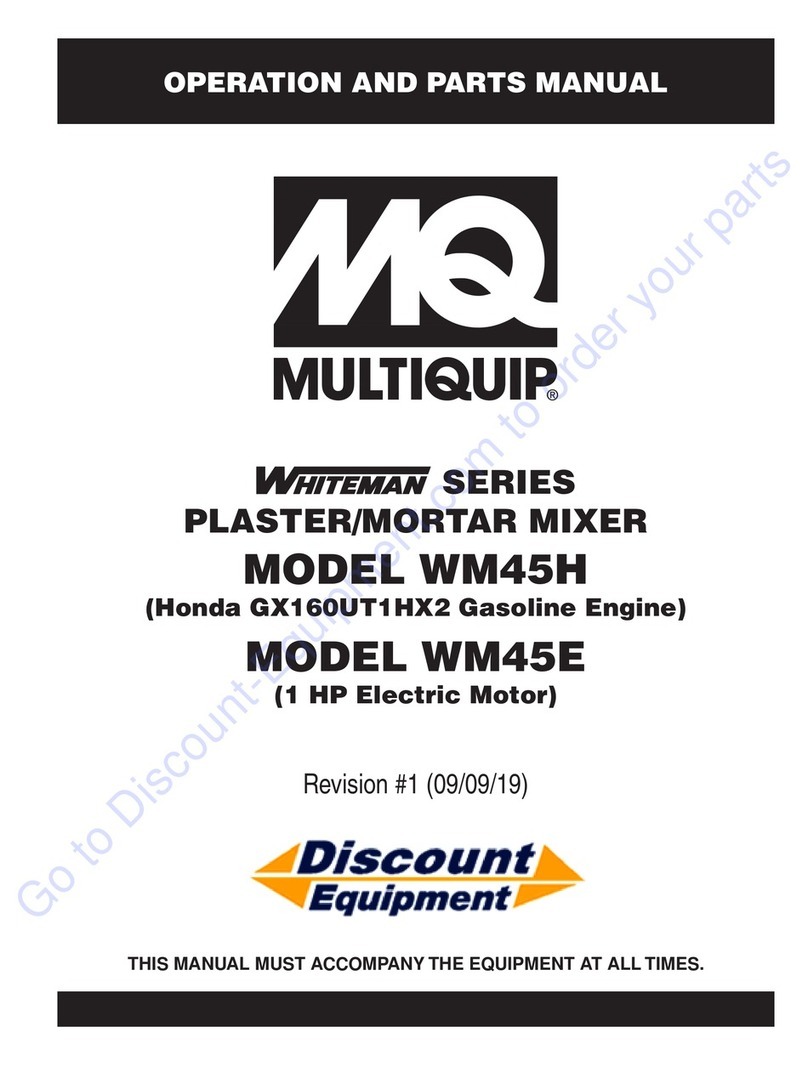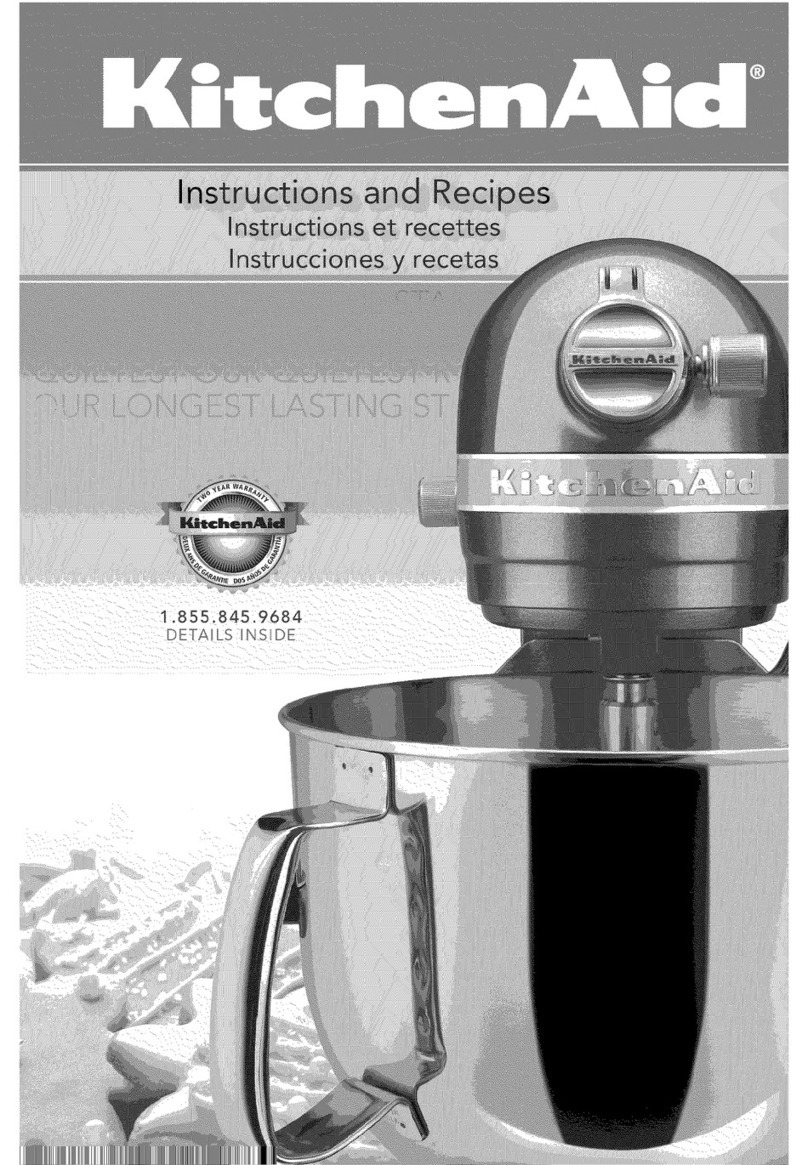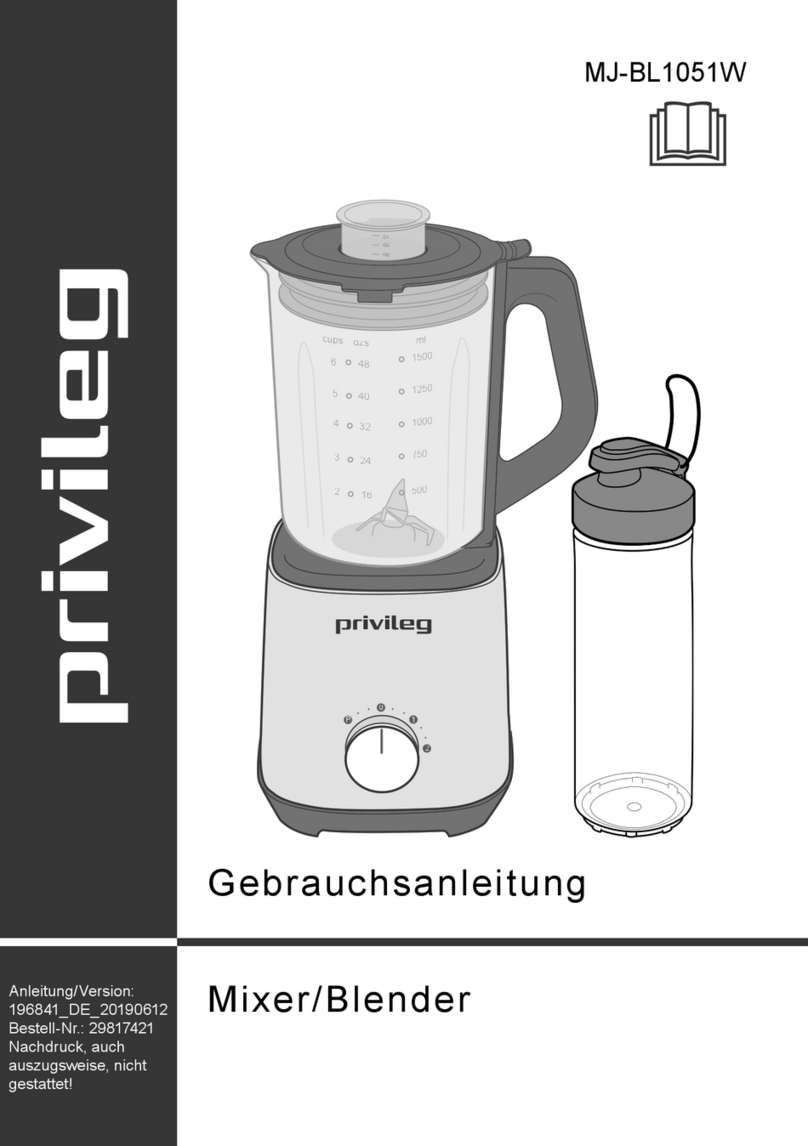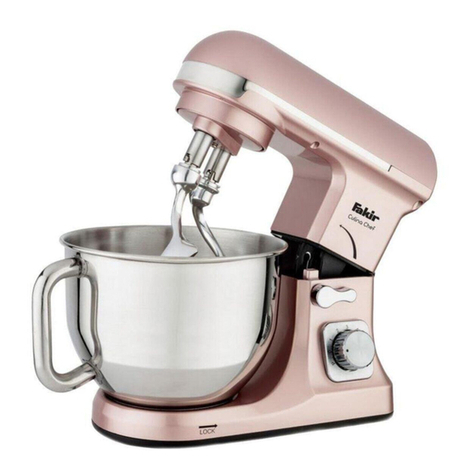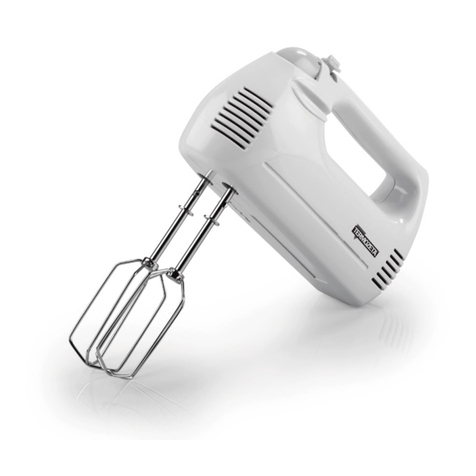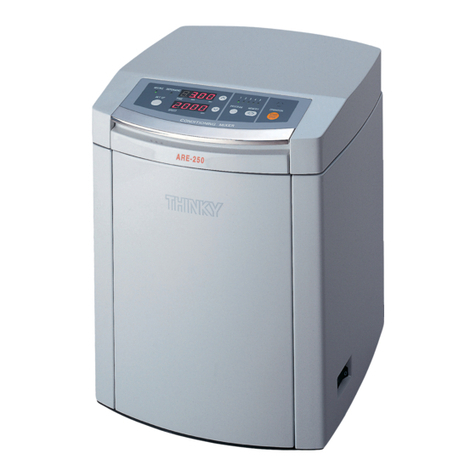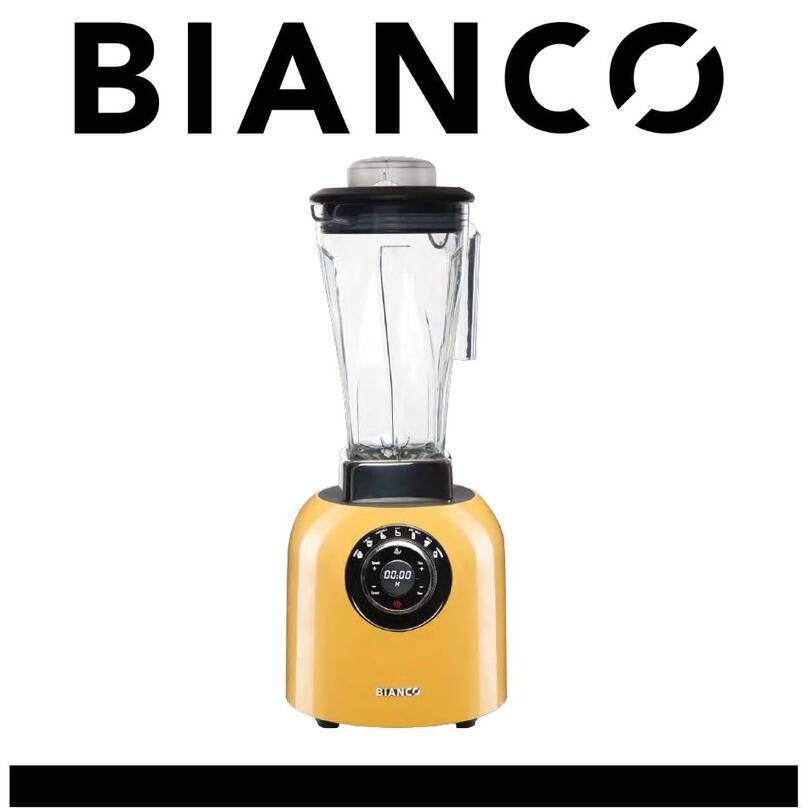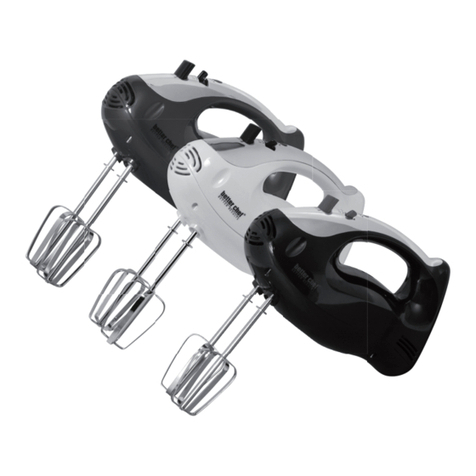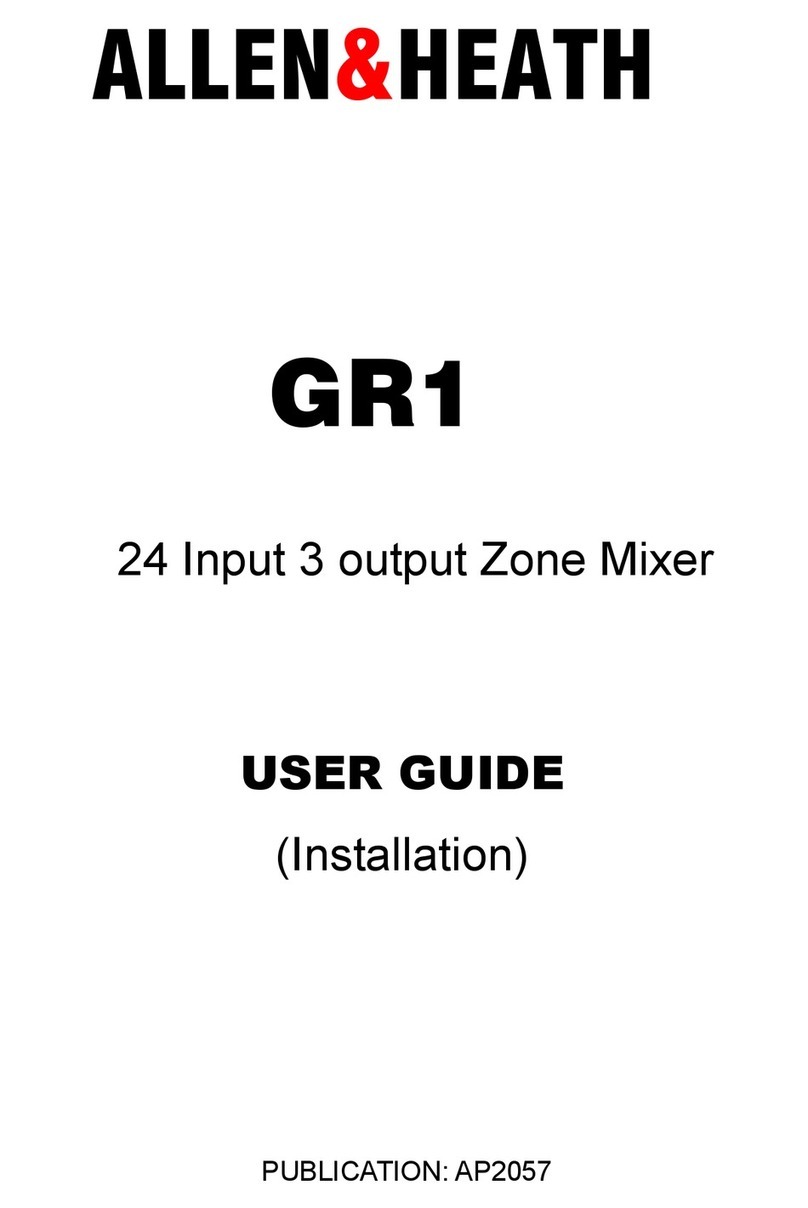
14.2.2005 Rev.
1
1. General .......................................................................................................... 1
1.1 Symbols used in the manual .......................................................................................... 1
1.2 Symbols used on the appliance ...................................................................................... 1
1.3 Checking the relationship of the appliance and the manual .......................................... 2
2. Safety .............................................................................................................. 3
2.1 Safety instructions in case of malfunction ..................................................................... 3
2.2 Disposal of the appliance ............................................................................................... 3
3. Functional description .................................................................................. 4
3.1 General .......................................................................................................................... 4
3.2 Intended use of the appliance ........................................................................................ 4
3.3 Construction of the mixer .............................................................................................. 4
4. Operation instructions ................................................................................. 5
4.1 Operation of the mixer ................................................................................................... 5
4.1.1 Recommended maximum speeds ........................................................................... 7
4.1.2 Procedure for starting after emergency stop .......................................................... 8
4.1.3 Overload ................................................................................................................. 8
4.1.4 Maximum capacity of the mixer ............................................................................ 8
4.1.5 Correct use of tools ................................................................................................ 9
4.1.6 Recommended applications for tools ..................................................................... 9
4.2 After use ........................................................................................................................ 9
4.2.1 Cleaning ................................................................................................................ 9
4.2.2 Maintenance and lubrication ................................................................................ 10
5. Installation ................................................................................................... 12
5.1 Preparing the installation ............................................................................................. 12
5.2 Installation ................................................................................................................... 12
5.3 Electrical connections .................................................................................................. 12
5.4 Checking of the direction of rotation of the planetary head ........................................ 12
6. Adjustment instructions ............................................................................. 13
6.1 Adjustment of special V-belt ....................................................................................... 13
6.2 Adjustment of speed .................................................................................................... 14
6.3 Adjustment of bowl centering ..................................................................................... 14
6.3.1 Adjustment of bowl fixing ................................................................................... 15
6.3.2 Adjustment of bowl height .................................................................................. 15
